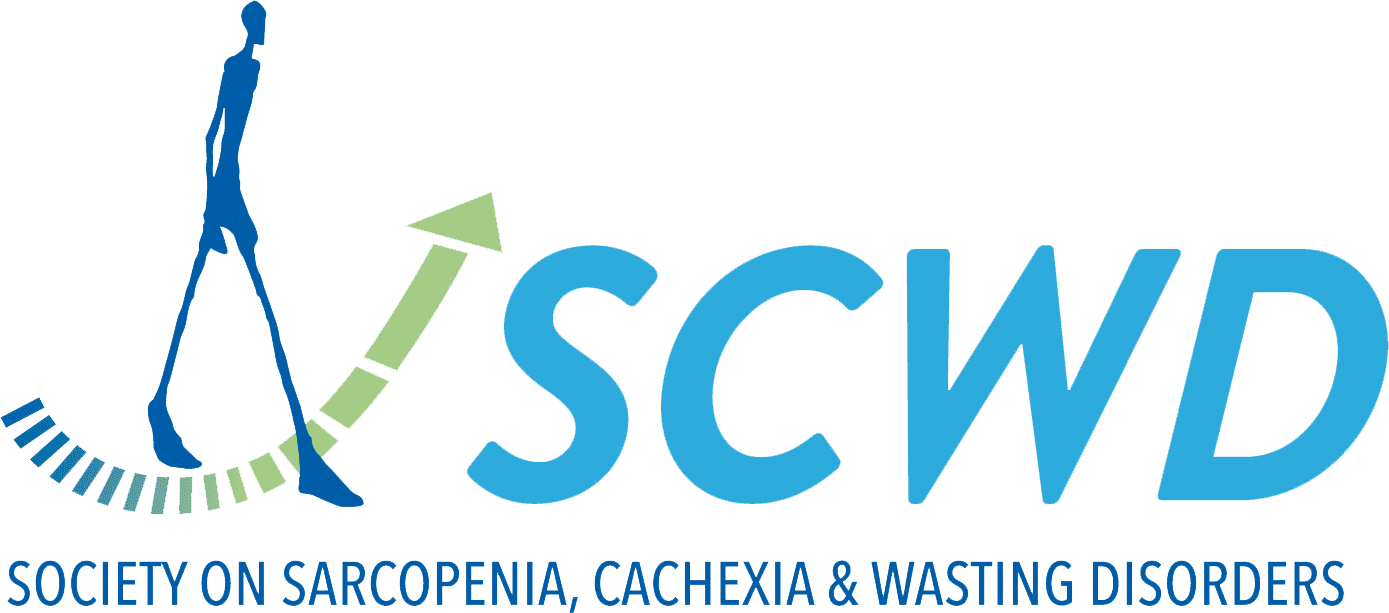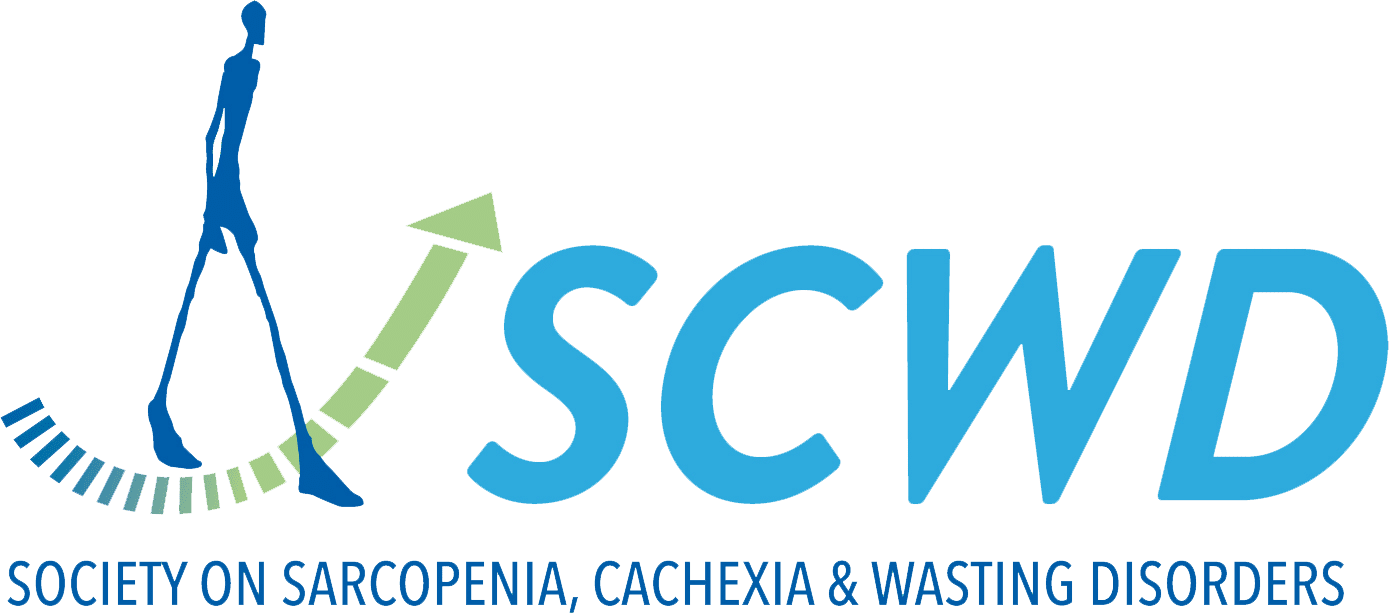Impact of physical activities in metabolic dysfunction associated steatotic liver disease, sarcopenia, and cardiovascular disease.
There are no comprehensive studies that investigated differential effects of physical activity (PA) types on metabolic dysfunction associated steatotic liver disease (MASLD) and their associations with sarcopenia and cardiovascular disease. A cross-sectional analysis using data from 66,021 participants from the Korean National Health and Nutrition Examination Surveys 2007-2020.
Aerobic PA (A-PA) was defined as ≥ moderate-intensity 150 min/week or high-intensity 75 min/week; Muscle strengthening PA (MS-PA) was defined as ≥ 2 days/week of muscle strength training. Multicomponent PA included A-PA and MS-PA.
The atherosclerotic cardiovascular disease (ASCVD) risk was determined by the pooled ASCVD risk score. The prevalence of MASLD was lower in all PA groups compared to physically inactive individuals.
Among individuals with MASLD, multicomponent PA was associated with a lower ASCVD risk, compared with other groups (OR = 0.74, 95 % CI = 0.73-0.75 for A-PA; OR = 0.70, 95 % CI = 0.68-0.64 for MS-PA; OR = 0.62, 95 % CI = 0.61-0.64 for multicomponent PA). Sarcopenia risk was decreased among physically active individuals with MASLD (OR = 0.77, 95 % CI, 0.76-0.77 for A-PA; OR = 0.97, 95 % CI = 0.96-0.98 for MS-PA; OR = 0.57, 95 % CI = 0.57-0.58 for multicomponent PA).
Regardless of types of exercise, physically active individuals had lower risks of MASLD, sarcopenia, and ASCVD.


